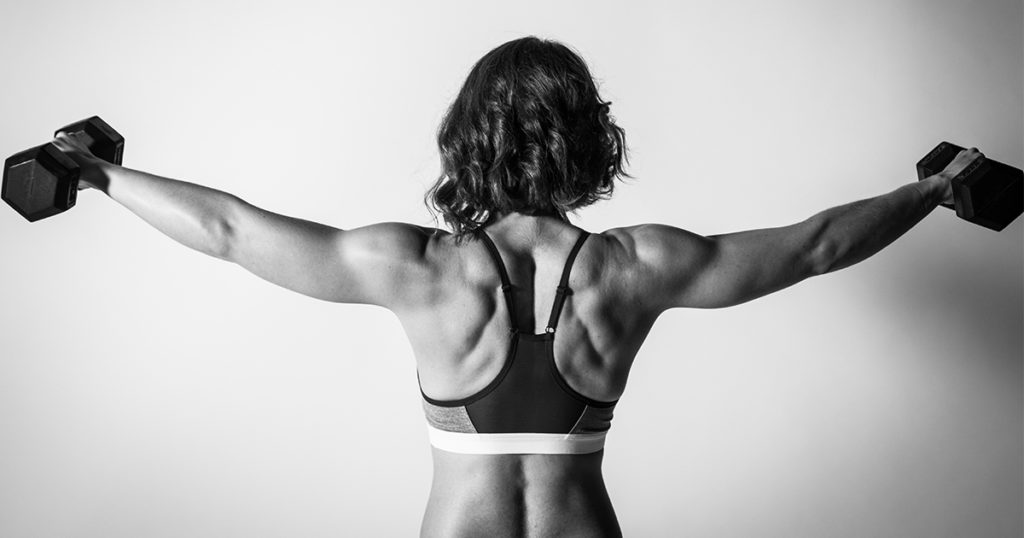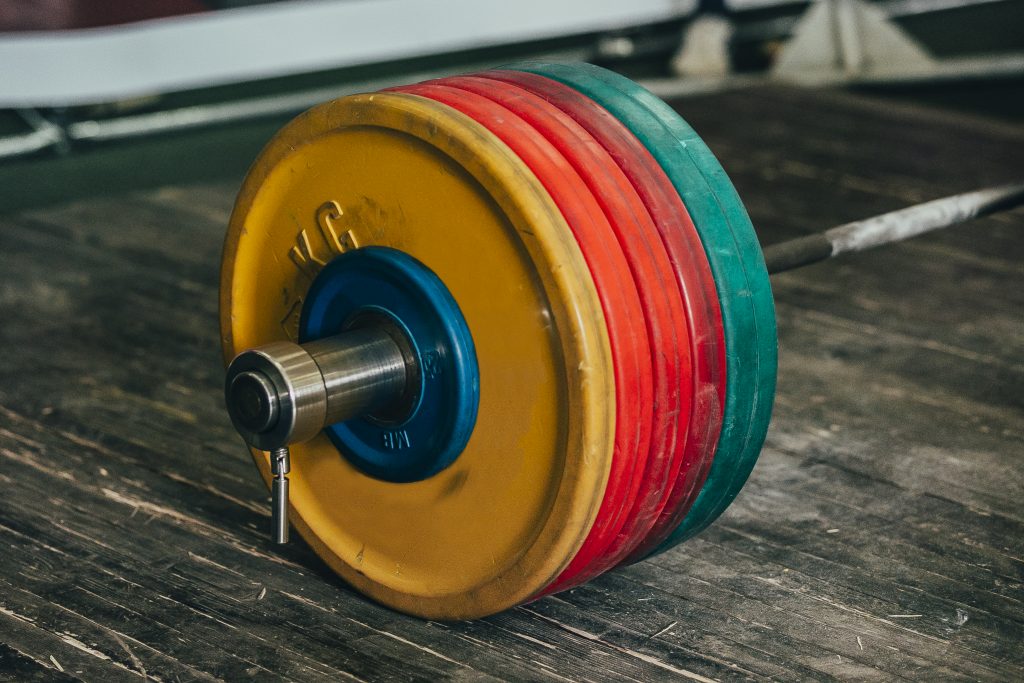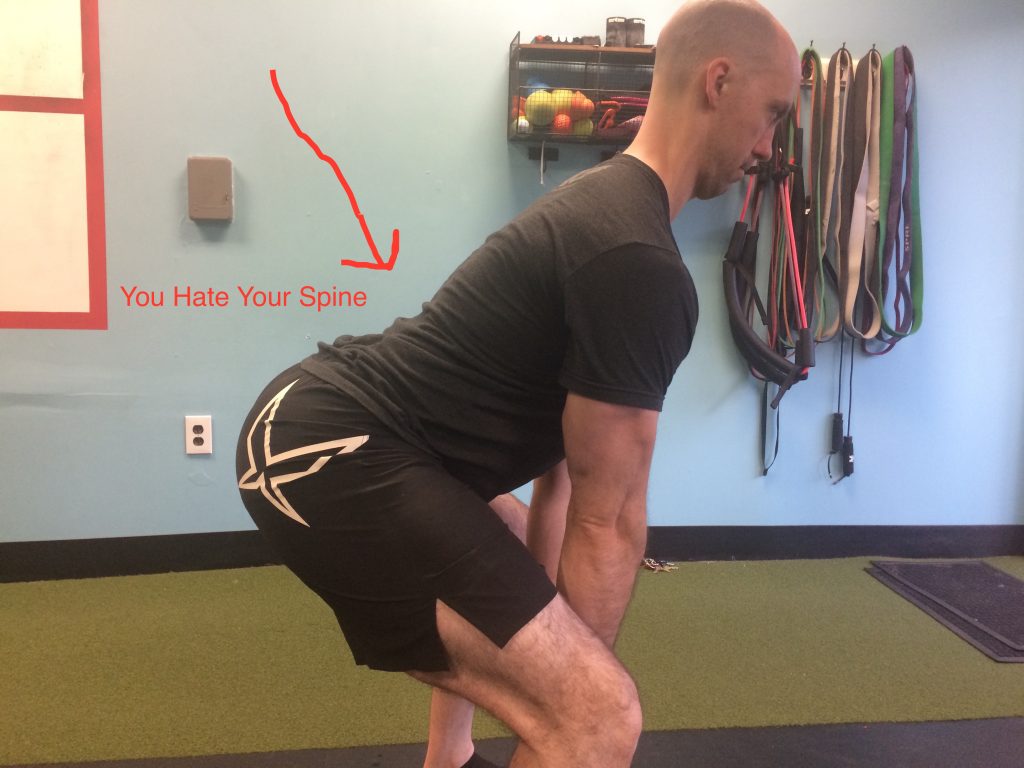Straight sets, pyramid sets, drop sets, cluster sets…
…it can all be rather confusing to the newbie lifter, or even seasoned veteran. How many sets should you do? What exercises are the best fit? What about rest? Is it normal to not feel the right side of your face?
All are pertinent questions and with today’s guest post Dallas based personal trainer, Shane McLean, helps to clear the air.
Enjoy.
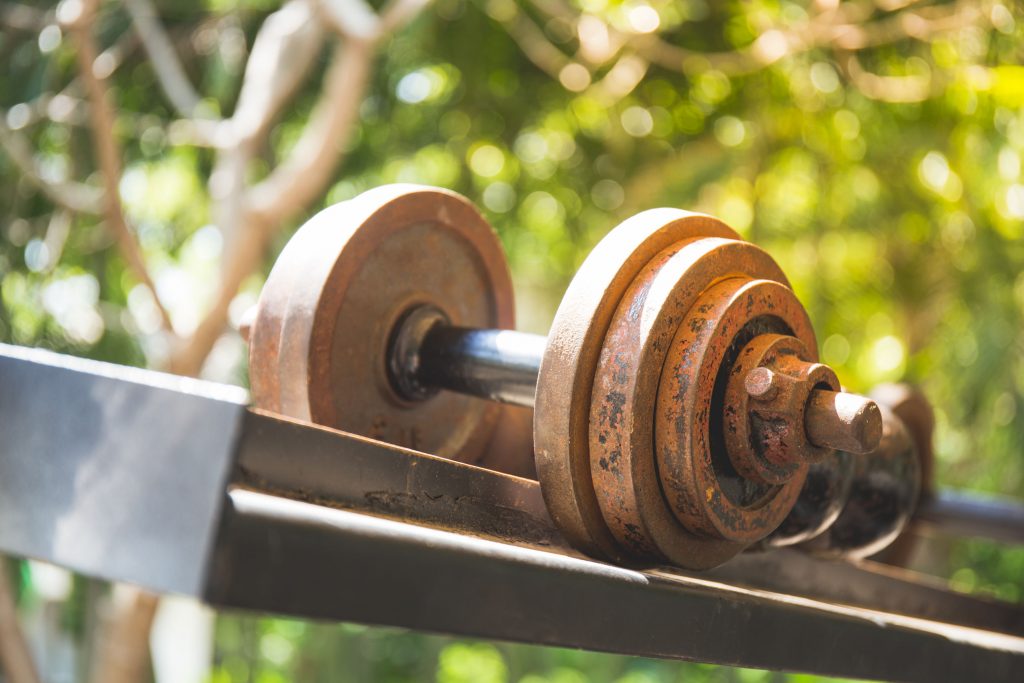
What You Need To Know About Sets
When I first started lifting, I had no idea about all the different types of sets.
When I went to the gym, I would saunter over to the dumbbell rack and bust open my biceps with some curls.
And when I did curls, I did them it front of the mirror and the whole gym knew about it.
However, my biceps remained small and so did I.
That’s until I started learning about all the set schemes that exist in the iron universe. Like most boys when they started out lifting weights, I did the workouts from muscle magazines hoping that it would make me look like the guys on the cover.
That didn’t work out at all but, it was the first time I heard about pairing sets together, known as supersets. You mean you could pair exercises together, increase training efficiency and build muscle all at the same time?
My mind was blown.
This led me further down the rabbit hole of all the different set methods which in turn led me to be armed with a coffee cup, a clip board, a stopwatch and telling people what to do with a dumbbell while wearing comfortable pants.
Yes, that’s right I’m a Personal Trainer.
Now you can benefit from my 25 years in the iron game, with eight of those years writing programs for people that get results.
Read on and learn things.
NOTE: These are guidelines and there will be exceptions to the information presented here.
1) Straight Sets
What Are They? – Doing just the one exercise for one or multiple sets with rest in between sets
The Best Use For Straight Sets? – They’re often used for barbell exercises like deadlifts, squats, presses and rows. All your energy is focused on getting stronger with that one move.
Types of Exercises That Straight Sets Work Best For? – Compound barbell/dumbbell like those discussed above.
How Many of Sets Should You Do? – It depends on how many reps in each set. More reps mean less sets and less reps mean more sets. Another factor is load. The closer you are to your one rep max, you’ll do less reps more sets and vise versa.
For example- 3 sets – 3 reps 90% 1 rep max. Or 4 sets of 5 reps 83% 1 rep max.
How Much Rest Between Sets? – usually 2-3 minutes rest between sets.
2) Supersets
What Are They? – Is one set of an exercise is performed directly after a set of a different exercise with minimal rest in between them.
The Best Use For Supersets? – They’re ideal for building muscle, fat loss and for those who have a limited amount of time to train.
Types of Exercises Supersets Work Best For? – Really anything goes here. Barbell, dumbbells, kettlebell, bodyweight, resistance bands and machine exercises all work. You can use compound (exercising multiple muscles groups) or isolation (single muscle) exercises.
Different Types of Supersets
1. Compound supersets, when both exercises work a similar body part.
For example:
1A. Squat
1B. Lunge
2. Non-competing supersets, pairing a lower body exercise with an upper body exercise.
For example:
1A. Squat
1B. Dumbbell bench press
3. Isolation/compound supersets which you pair a single joint exercise with a compound movement or vise versa.
For example:
1A. Triceps extension variation
1B. Barbell bench press
How Many of Sets Should You Do? – Anywhere from 2- 5 sets (depending on how much time you have to train) and repetitions can range from anywhere between 6- 15 reps per set.
How Much Rest Between Supersets? – Limited rest between the exercises themselves and anywhere between 60-120 sec rest between supersets.
3) Tri-Sets
What Are They? – Doing 3 different exercises back to back to back.
The Best Use For Tri-Sets? – They are ideal for fat loss, muscle building and for people who want maximum training efficiency.
Types of Exercises Tri-Sets Work Best For? – Really anything goes here also. Barbell, dumbbells, kettlebell, bodyweight, resistance bands and machine exercises all work. Furthermore, having all the equipment close to you will cut down on transition time between exercises.
Different Types of Tri-Sets
You can use them to bring up a lagging body part.
For example, shoulders:
1A. Single arm shoulder press
1B. Lateral shoulder raises
1C. Reverse fly
Or mobility tri sets to help improve your movement.
For example, hip mobility exercise for the squat:
1A. Goblet squat
1B. Push up
1C. Half kneeling hip flexor stretch
Or when pushed for time you can combine strength and cardio exercises to get the best of both worlds.
For example:
1A. Leg exercise
1B. Upper body exercise
1C. Cardiovascular exercise 30- 60 seconds
How Many of Sets Should You Do? – Usually 3- 4 sets and anywhere between 6- 15 reps per exercise.
How Much Rest? – Limited rest between the exercises and 90-120 seconds rest after each tri-set.
4) Timed Sets
What Are They? – Doing an exercise for certain amount of time or completing the programmed reps in a certain amount of time.
The Best Use For Timed Sets? – They can be used for building muscle but they’re excellent for incinerating body fat.
Types of Exercises Timed Sets Work Best For? – Any piece of equipment that allows for an easy transition between exercises is a winner. For example, barbell, dumbbell, bodyweight, kettlebell and resistance bands.
Different Types of Timed Sets
Every minute on the minute sets where you complete a certain amount of reps and then rest the reminder of the minute before moving on to the next exercise.
For example:
1A. Goblet squat- 8 reps
1B. Row- 8 reps
1C. Goblet reverse lunge- 8 reps on each leg
1D. Chest press- 8 reps
1E. Biceps curls – 8 reps
Or you can scrape the reps and it’s just you versus the stopwatch where you try to do as many reps as possible in a pre-determined timeframe. For example, a full body circuit using bodyweight, barbells and dumbbells.
Work/Rest Interval Guidelines
Beginner – 20 sec work/40 sec rest.
Intermediate – 30 sec work/30 sec rest.
Advanced – 40 sec work/20 sec rest.
1A. Squat variation – BW squat, Goblet, Sumo or Barbell squat
1B. Push variation- Incline push up, Push up or Dumbbell bench press.
1C. Single leg exercise- Reverse lunge, Forward lunge or Side lunge
1D. Pull variation- Rack pull, Dumbbell bent over row or Standing cable row.
1E. Core- Alternating side plank, Mountain climbers or Front plank.
How Many of Rounds Should You Do? – It depends how long you’ve got to train. Using the above examples, these circuits takes 5 min to complete so 3- 5 rounds would suffice.
How Much Rest? – You rest when you’re done.
5) Ladder Sets
What Are They? – One big superset when you compete the reps of both exercises in an ascending or descending order. For example, 10-9-8-7-6-5-4-3-2-1 or 1-2-3-4-5-6-7-8-9-10.
Best Use For Ladder Sets – They’re great way to finish your training and to add volume to a body part that needs working on. Furthermore, they can be used for a stand-alone training when pushed for time.
Types of Exercises Ladder Sets Work Best For? – Bodyweight, kettlebells, medicine balls, battle ropes and dumbbells work great.
For example, the kettlebell swings/medicine ball slam combo:
Instructions: Do 20 reps each of the swings and the slams and go down by 2 each time you perform a round until you reach two reps for each exercise (for example 20-18-16-14….2). If you don’t have access to medicine balls, substitute in battle rope slams.
Battle Rope Slams
Med Ball Rotational Slam
https://youtube.com/watch?v=YHgXAFY4H1Q
How Many Rounds Should You Do? – Just one will do, if you’re doing it right.
How Much Rest? – Again, you’ll rest when you’re done.
6) Cluster Sets
What Are They? – Sets with a predetermined rest period between reps within the same set.
For example:
- Load the barbell to 85-90% of your maximum, a weight you could normally lift 3 times.
- Do one rep and rack the bar.
- Rest 10 seconds.
- Do another rep and rack the bar.
- Rest for 10 seconds.
- Do this 4-6 times total
Best Use For Cluster Sets – They’re best used for building strength but be warned, when using heavier weights with shorter rest periods while increasing volume can lead to fatigue.
For example, (4×2) x5 sets – is 5 total clusters of 4 mini sets of 2 reps with 10 seconds rest in between. That’s 40 reps at 85-90% of your 1 rep max.
Types of Exercises Cluster Sets Work Best For? – Barbell exercises like squats, presses and rows but can be used for chin-ups also.
How Many Sets Should You Do? – Anywhere from 3- 6 clusters.
How Much Rest Between Clusters? – 3 minutes or more between clusters because of their demanding nature.
7) Drop Sets
What Are Drop Sets? – Is a method where you perform an exercise and then reduce the weight (usually 15- 30% drop) and continue for more reps until you reach failure.
Best Use For Drop Sets – Ideally, it’s your last set of the day. This method is used to add muscle and volume to a body part. However, it’s not for the faint of heart because you will feel the burn.
Types of Exercises Drop Sets Work Best For – Barbell, dumbbell and machine exercises.
A Different Type of Drop Set
Rather than dropping the weight and lifting till failure, you can perform mechanical drop sets where you use the same weight the entire time. You start an exercise in a mechanically weaker position to one in which you’re in stronger position.
For example, the dumbbell bench press mechanical drop set:
https://youtube.com/watch?v=KfYNhAGAm0w
This is a truly sadistic method for building muscle, but it works. If you want more ideas, read this excellent article by John Romaniello.
How Many Drop Sets Should You Do? – Once per training and probably no more than twice per week.
How Much Rest? – If you’re doing it right, you’ll need a nap.
Wrapping Up
Wow, you got to the end and you’re probably hungry. Please go get some protein.
Now, you’re armed with the knowledge to take your training to the next level and to hulk smash your way through any plateaus. Happy lifting.
About the Author
Shane “The Balance Guy” McLean, is an A.C.E Certified Personal Trainer working deep in the heart of Texas. Shane believes in balancing exercise with life while putting the fun back into both.

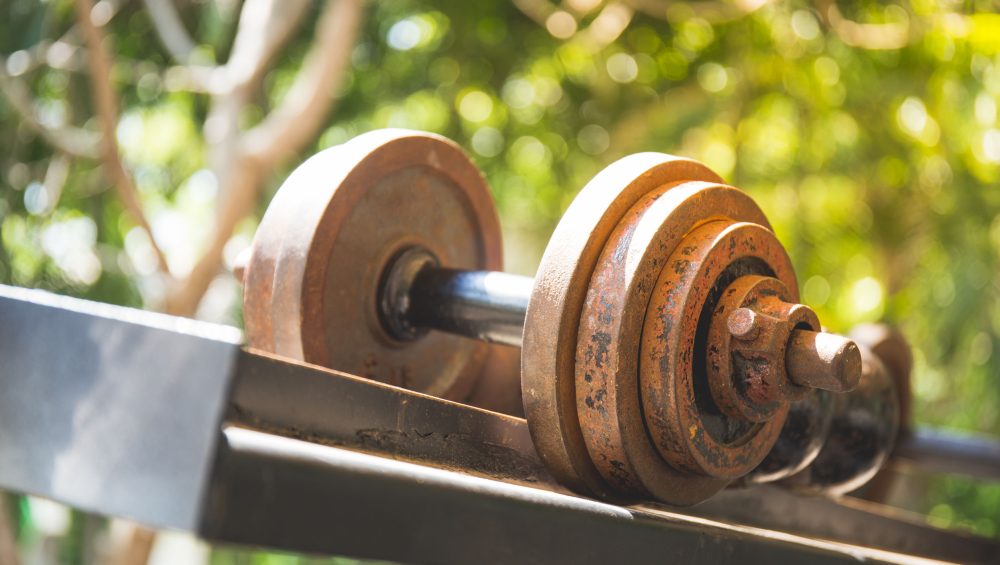




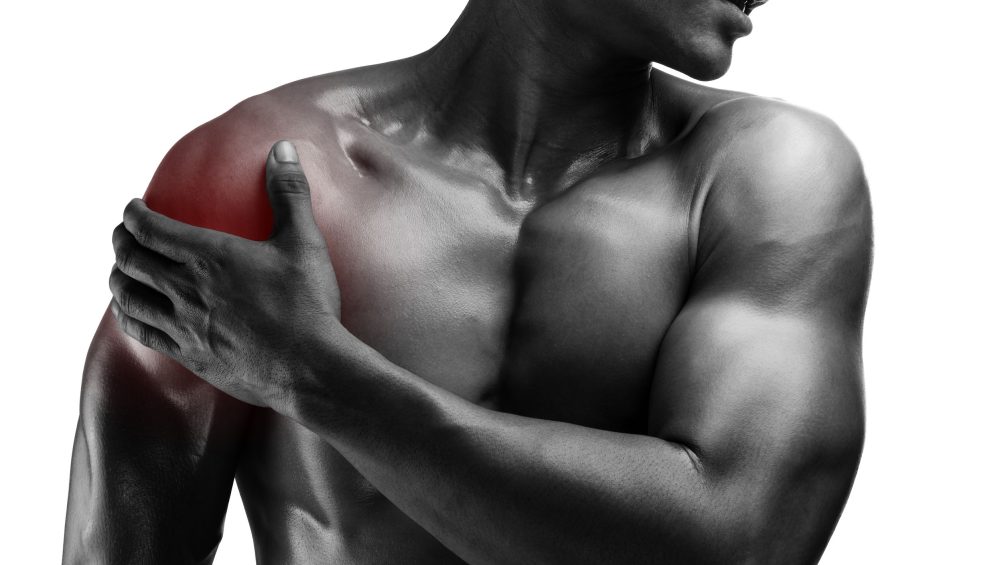

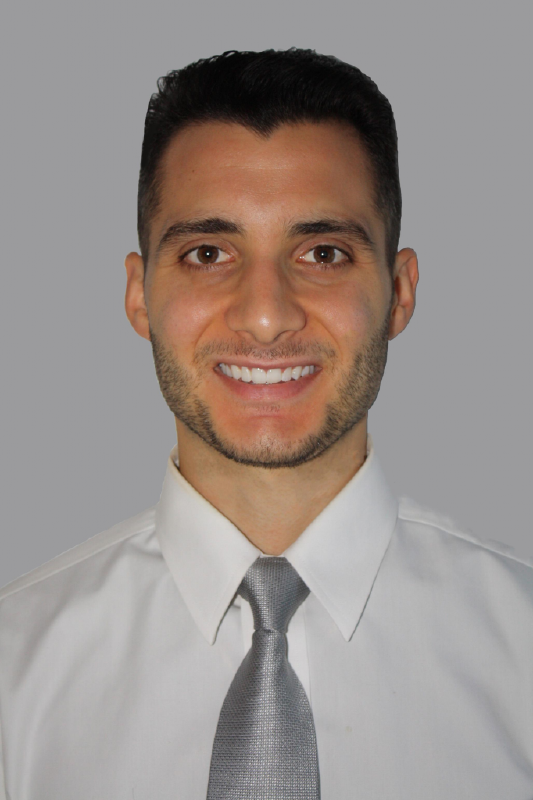 Nicholas M. Licameli
Nicholas M. Licameli








